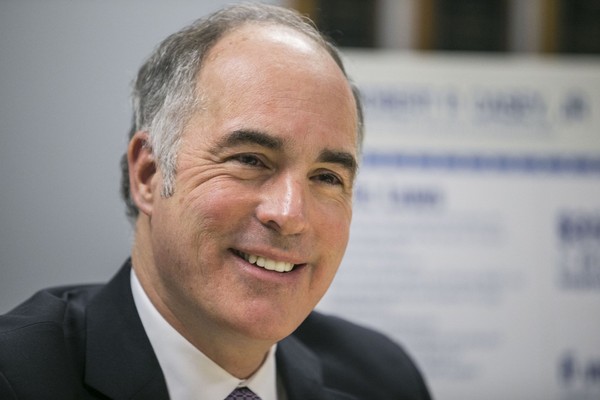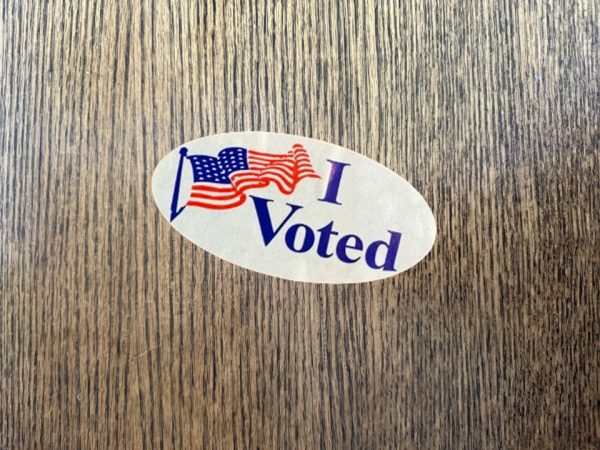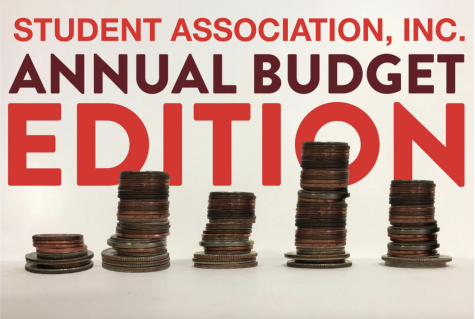The 2018 Midterm Election Results

November 19, 2018
The 2018 Midterm elections turned out as one of the most exciting midterms in recent history. The Democrats gained seats in the house, gaining the majority, while the Republicans maintained control of the Senate, showing how the chambers swung in opposition directions. What underlies the election result was the voter turnout, which saw an 8 percent increase in voter turnout for elections that don’t usually see such a high-levels of voter turnouts.
For the 2018 Midterm elections, 35 of the 100 seats in the Senate were contested, while all 435 seats in the House of Representatives were contested this year. 39 territorial and state governorships, as well as other state and local positions, were contested.
In the House of Representatives, Democrats made a gain of 34 seats, with 10 keys races still undecided. There are, now, 225 Democratic seats and 200 Republican seats in the House. This ends the unified control of Congress and the presidency that the Republicans established during the 2016 elections. In the still undecided races, Democrats took the lead in three of them, giving them the overall advantage of six out of 10 in the races. The Republicans retained their control of the Senate, with 51 seats in the Senate to the Democrat’s 47 seats. Since election night, Democrat Krysten Sinema defeated Republican Martha McSally in the Arizona Senate race. Sinema is also the first openly bi-sexual Senator in U.S. history. In Florida, Republican Rick Scott’s lead narrows against Democratic Sen. Bill Nelson, as votes are being recounted. The election in Mississippi is heading to a runoff on Nov 27, with Republican Cindy Hyde-Smith.
For governor’s elections, Democrats picked up seven more seats, giving them control of 23 governorships, while Republicans maintain 25 governor seats. However, two more races are still undecided. In Georgia, Republican Brian Kemp leads Democrat Stacey Abrams. CNN projects a victory for Kemp, but Abram’s campaign believe there are enough uncounted ballots to force a runoff on Dec 4. In Florida, Democrat Andrew Gillum withdrew his election night concession in the governor’s race, with his challenge against Republican Ron DeSantis forcing a vote recount.
Pennsylvania saw a Democrat victory for the Senate and the Governor races. Senator Bob Casey defeated Republican Lou Barletta by nearly 640,000 votes. Democrat Tom Wolfe defeated Republican Scott Wager by nearly 850,000 votes. For the P.A U.S. House General Elections, Democrats and Republicans both control 9 seats in Districts 1-18. In the special general election for U.S House Pennsylvania District 7, Democrat Mary Gay Scanlon defeated Pearl Kim, and Democrat Susan Wild defeated Republican Marty Nothstein.
From 1982 to this year, voter turnout, on average, was roughly 40 percent of eligible voters. In 2018, an estimated 49 percent on the nation’s voting-eligible population cast a ballot, which is about 116 million people, according to a preliminary analysis by the U.S. Elections Project. 23 states saw a double-digit percentage increase in voter turnout, compared to voter turnout averages in elections between 1982-2014. Georgia saw an estimated 55 percent of eligible voters casting a ballot; 21 points higher than the previous average. The state of Texas saw a 14 percent increase in its voter turnout.
With the Democrats controlling the House, they can prevent conservative legislation from being passed in the 116U.S. Congress and gain control of congressional committees, giving them power to issue subpoenas and conduct investigations. President Donald Trump suggested that he looks forward to a bipartisan-type situation, but promised to heavily oppose any investigation the House Democrats launch on his administration. Senate Minority Leader Chuck Schumer believes the Senate Democrats performed much better than expected, while Senate Majority Leader Mitch McConnel expressed his beliefs that the election day was a good day for his party.
The American Conservative reported that the election showed the voters’ preference of a divided control of the federal government. With the new Democratic House and the Republican controlled Senate, and with more elections to come, we will see how the divided federal government performs in the months to come.


























